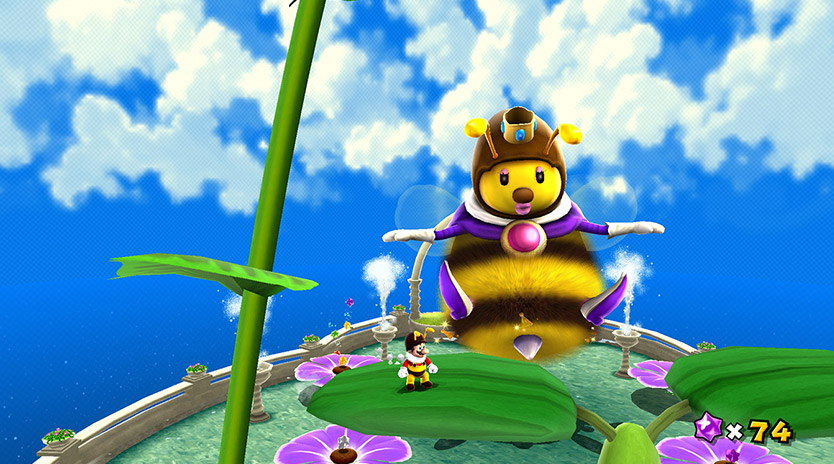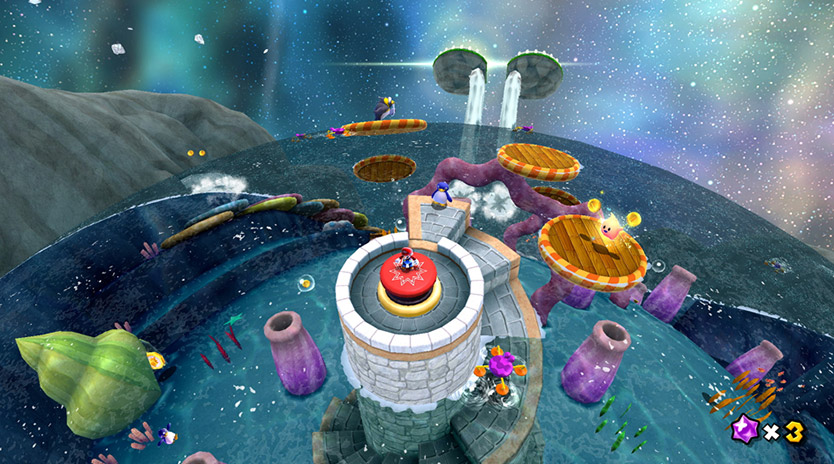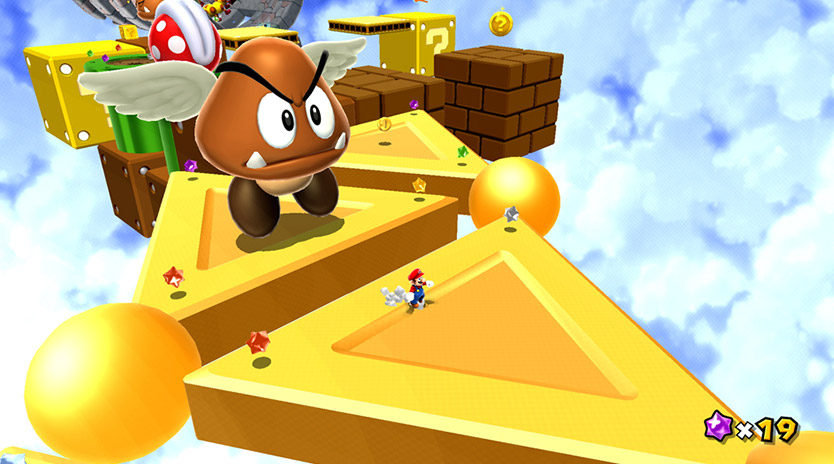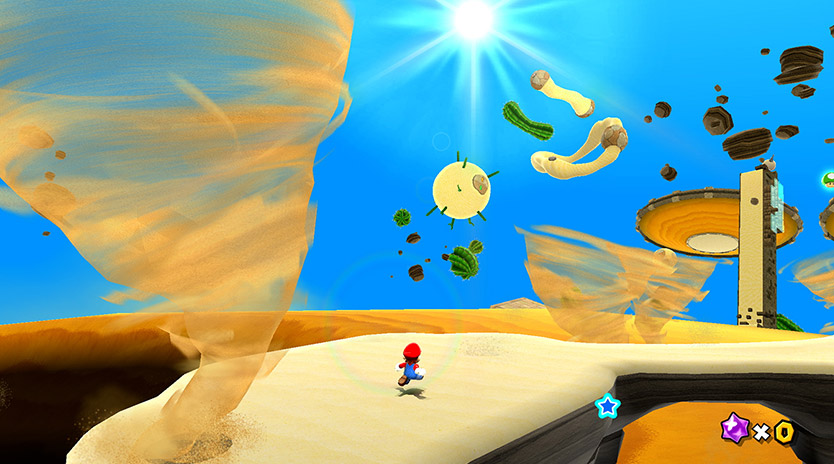There are moments in gaming that don’t really age because of how revolutionary they were the moment they dropped. Super Mario Galaxy and Super Mario Galaxy 2 belong to that small group of games that were never limited by the hardware they launched on; only by the years it took for consoles to catch up with them. On Switch 2, both finally feel as fast, fluid, and visually alive as they were always meant to be.
The first leap
Super Mario Galaxy is a magical game. I remember booting it up on my Wii for the very first time and just being sucked into it. Even for today’s standards, Galaxy is a true masterpiece and a blueprint for a lot of games that followed it over the years. Compared to the previous 3D Mario games, Galaxy really expanded on everything and added some of the best gameplay mechanics the franchise has ever seen. Jumping from planet to planet, experimenting with the gravity is such an evergreen concept that it still works so incredibly well. Sure, it was already part of the Super Mario 3D All Stars Collection, but if you never played it before, I envy you because you’re about to experience one of the best Super Mario games out there.
As someone who played the original before, revisiting Super Mario Galaxy after all these years reminded me of meeting an old friend. The Wii version was already a technical miracle, but running it on Switch 2’s higher fidelity gives it the sharpness and stability it always deserved. The gravity tricks still mess with your perception in the best way, and the orchestral soundtrack still swells exactly when it should. The game has been improved a lot, and the new textures really make it pop. That being said, it isn’t the same quality as the Metroid Prime Remaster we got earlier, but it still looks incredibly good on television and in handheld mode. The world feels a little emptier than I remembered, but the essence and heart are still there. I love how the game switches between small planets with a couple of secrets to huge platform segments and iconic boss fights. The surprise factor isn’t there since I played the original, but that didn’t matter that much. I really enjoyed my time with it for sure.
The follow-up that outgrew its origin
Then comes Super Mario Galaxy 2, and you feel Nintendo letting go of restraint. It’s faster, snappier, funnier, and more mechanical. The camera is confident. The difficulty climbs earlier. Every world feels like a small idea that was tested, perfected, and then replaced before it could get repetitive. Where the first Galaxy is about discovery, the second is about flow and Yoshi, of course. Yoshi still steals the show. His movement is as lively as ever, that little flutter-jump remains one of gaming’s most satisfying animations. On modern hardware, his textures finally do him justice, and the extra fidelity makes the smaller animations pop: the stretch of his tongue, the tiny shake of his head when he swallows something too big, it’s all so charming, and it makes me want that upcoming Yoshi game even more.
I’d forgotten how perfect Galaxy 2’s pacing is. There’s no filler, no waiting. It constantly invents and discards, a new gravity trick here, a Yoshi mechanic there, a fresh power-up that sticks around just long enough to leave a mark. The design is lean and fearless, and the Switch 2 version keeps that momentum intact. The frame rate is rock solid, load times are basically gone, and the colors pop with a vibrancy the Wii could never fully show.
What makes this bundle shine is how clearly you can now see the relationship between both games. Galaxy 1 builds the system; Galaxy 2 perfects it. One is slow wonder, the other controlled chaos. One teaches you to adapt, the other tests whether you really learned.
Playing them back-to-back shows how Nintendo refined its own language. Galaxy 1 still experiments with cinematic tone and structure; its slower pacing, hub world, and storybook framing make it feel deliberate and self-contained. Galaxy 2 cuts straight to play. It’s the same sentence, spoken faster. What ties them together is rhythm. Both understand that movement, not dialogue, is what gives Mario his personality.
The new presentation
The Switch 2 version does exactly what it should: it lets the games breathe. Both now run at a crisp 4K when docked and look excellent in handheld mode. The lighting overhaul is subtle but effective. Metallic planets shimmer, star dust has volume, and the color balance is far more natural. It’s not flashy, just clean. The art direction remains timeless enough to carry the new polish without feeling artificial.
Load times are nearly gone, transitions between galaxies are instant, and menus finally feel like they belong in 2025. There’s also better input response overall, jumps, wall-kicks, and spins have a precision that you can feel even if you can’t name it. It’s not new content, but it’s the definitive way to play.
Audio benefits the most. The orchestrated soundtrack, already among Nintendo’s best, now shines with depth and detail that the Wii’s compression once flattened. The brass hits in Battlerock Galaxy, the serene strings in Gusty Garden, they sound full again, like a concert restored. The sound design itself remains unmatched: that soft “whoosh” of breaking orbit is still one of the most satisfying noises in any game ever made.
The price of nostalgia
Then there’s the awkward question: value. Nintendo rarely discounts its history, and this bundle follows that tradition. You’re paying premium for polish, not new content. For long-time fans, that stings. For newcomers, it might feel justified. It depends on whether you see these games as memories or as living works.
Personally, I think the quality speaks loud enough. These aren’t lazy ports. They’re careful restorations of two games that still define how 3D platforming should feel. Both titles run like they were designed yesterday, not fifteen years ago. Still, the price sits at that uncomfortable point where love for the craft and irritation at the business meet. I wish Nintendo had included small extras, such as concept art, interviews, and even the original trailers. Anything to frame the bundle as a celebration instead of a transaction.
But when you’re spinning across a miniature world, watching the horizon flip and realign beneath you, all of that fades. You’re too busy smiling.
Conclusion:
It’s easy to forget that these games were once hardware experiments. On Switch 2, that completely disappears. What’s left are two of the best-paced, best-controlled platformers ever made, finally running the way they always should have. The improved visuals, refined controls and faster performance make this the best version of both titles, even if the lack of new extras keeps it shy of perfection. This is Nintendo doing what it does best: not chasing trends, but refining what already works until it feels effortless again.





